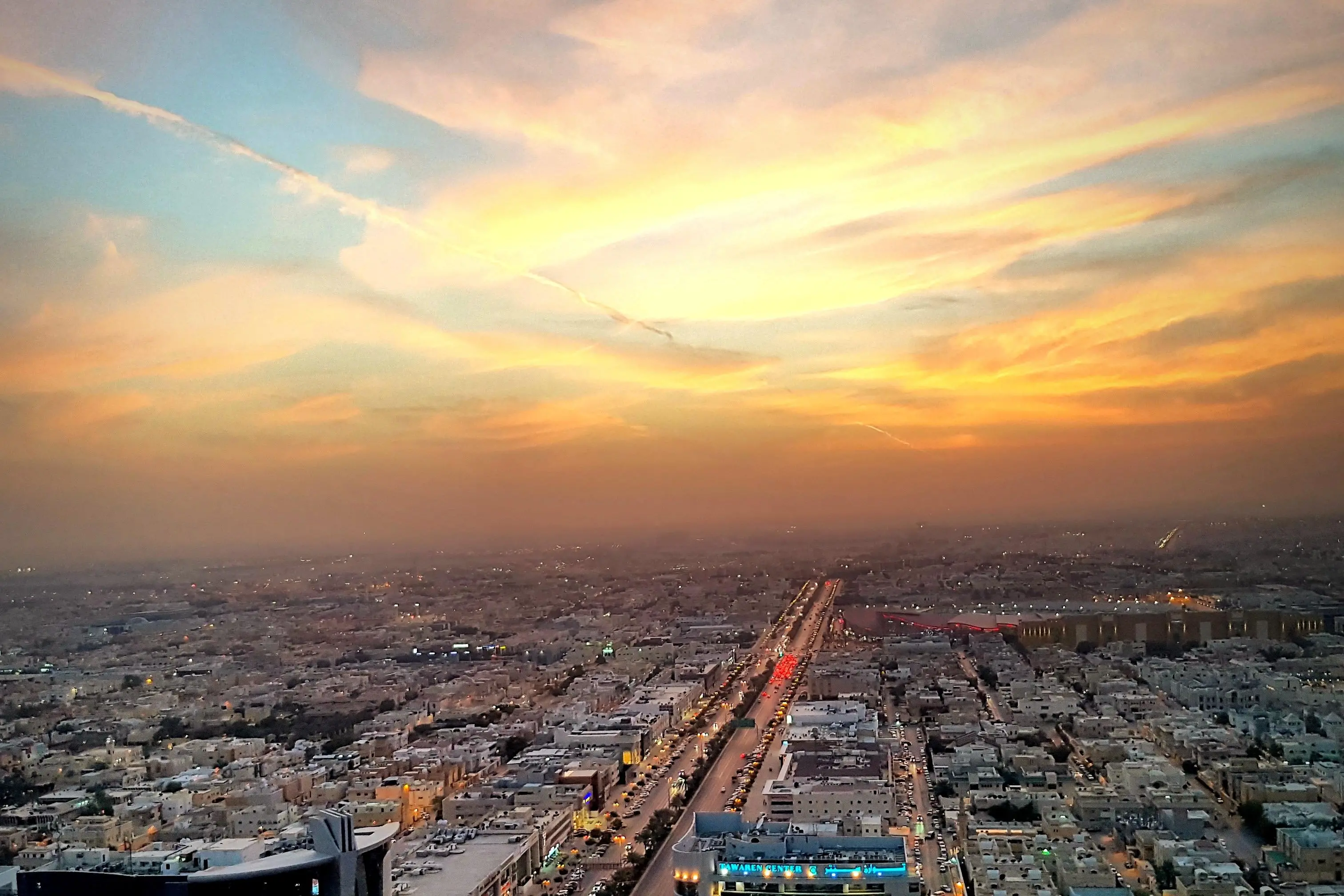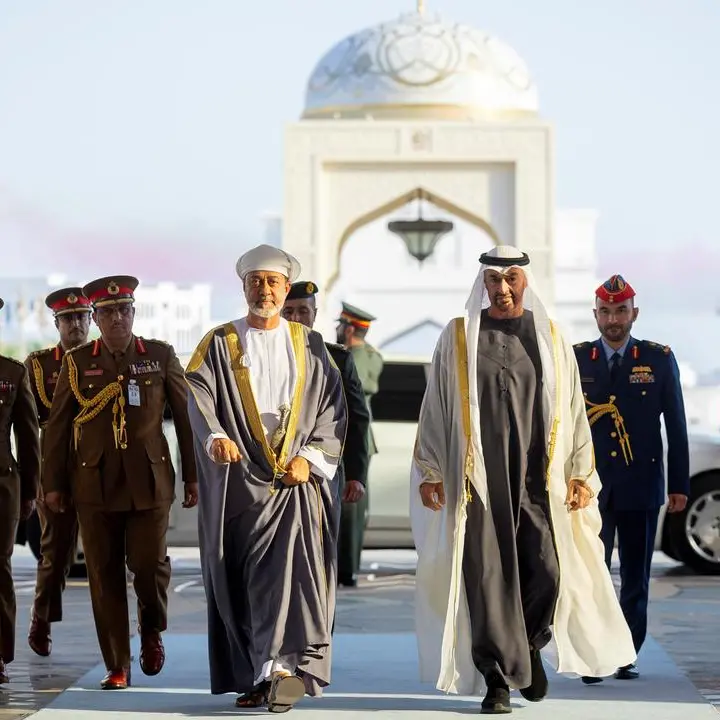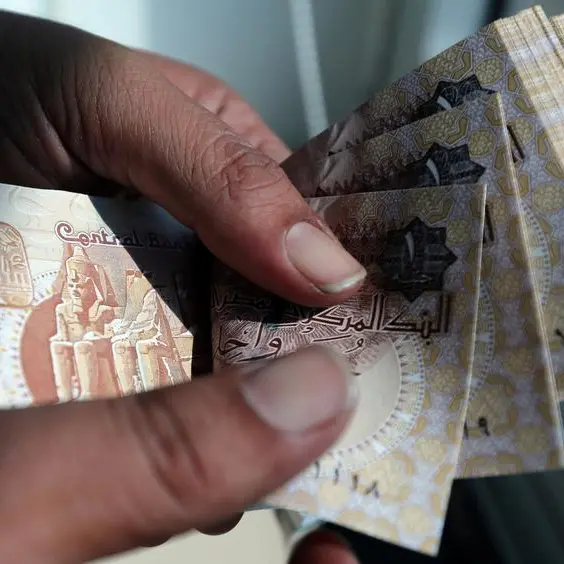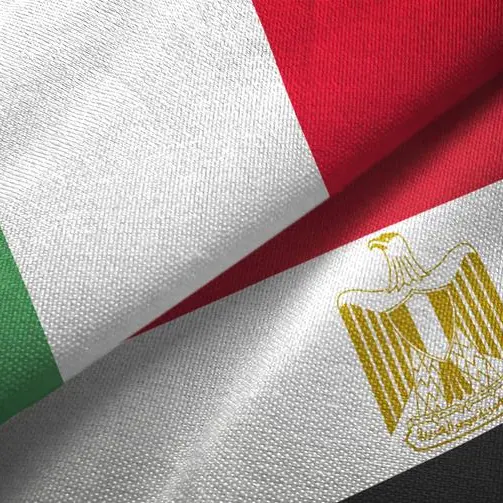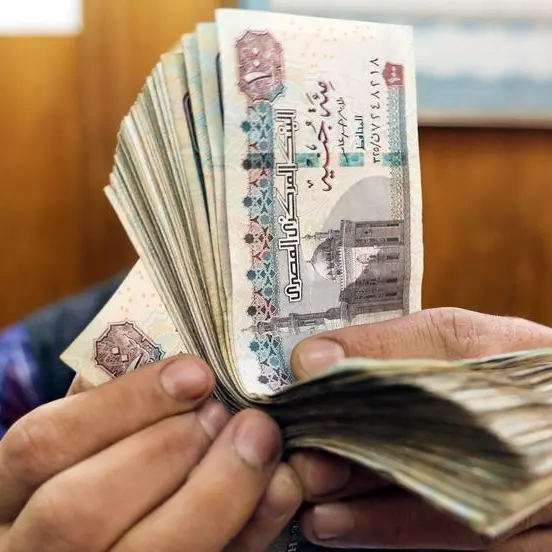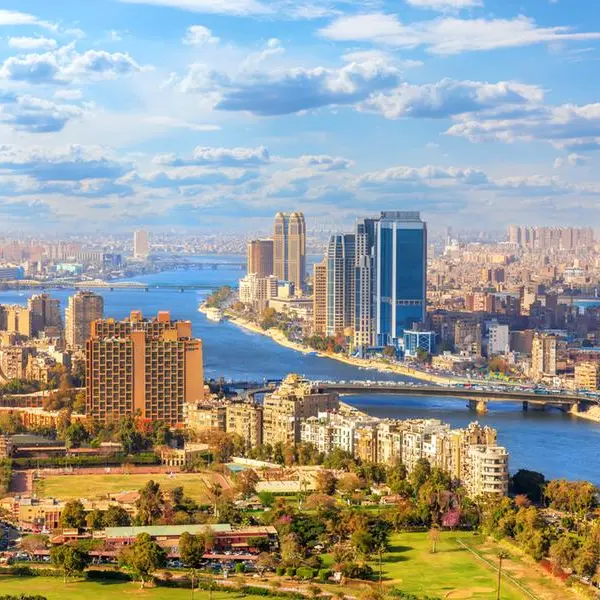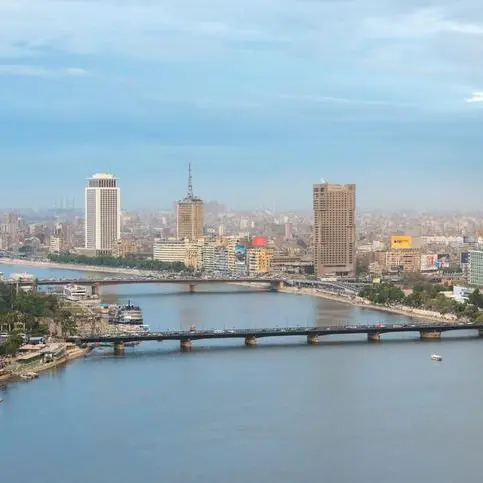PHOTO
DUBAI: Saudi Aramco is so deeply embedded in the history, culture and society of Saudi Arabia that this fact is sometimes held against it in the foreign media.
In the protracted coverage of the forthcoming initial public offering, some Western journalists seeking weak spots in the listing plans looked at Aramco’s non-oil activities as a potential negative. Why should global investors be expected to buy shares in an oil company that also ran schools, hospitals and other forms of social involvement, they asked?
One American newspaper gleefully seized on Aramco’s historical association with a camel farm as an example of a non-oil activity that would deter foreign investors.
Ridiculous, of course. Most serious observers believe that Aramco’s core role in the Saudi economy and society is a source of mutual advantage for it and for the Kingdom.
But anybody wanting a fuller and more rational explanation of Aramco’s wider role in society should spend some time with Ali Al-Mutairi, director of Ithra, otherwise known as the King Abdulaziz Center for World Culture. If camel farming is one aspect of traditional life in the Kingdom, Ithra is a case study in cosmopolitan cultural modernity. A stunningly modern architectural design on the edge of the Aramco campus in Dhahran, the center is an expression of cultural aspiration in the era of Vision 2030.
Al-Mutairi explained: “Throughout its history, Saudi Aramco has always been a contributor to the development and betterment of our society and an enabler to both Saudis and residents to fulfill their full potential. This is evident in the schools, roads, and communities Saudi Aramco has built over the decades, as well as the economic opportunities it has created over the last 85 years.
“But over that period, the aspirations of our people have risen and diversified, and so Saudi Aramco looked at creating a cultural institution to tap into a new source of energy: Human energy.”
The word “ithra” is the Arabic for “prosperity,” and Al-Mutairi called it “Saudi Arabia’s most ambitious citizenship initiative. It is Aramco’s next step in giving back to the country.”
Designed by Norwegian architects Snohetta, and built at a reported cost of around $400 million, Ithra has been called a mega-museum, a culture hub, an ideas lab and a hyper-university. It houses an interactive library, a “knowledge tower” of educational activities, a children’s museum, a performing arts theater and a multimedia theater, an archives gallery and lots of open spaces for exhibits, appropriately themed around energy.
“The Eastern Province has long been the energy and oil capital of our country, and now we believe it can also become both a magnet and a producer of creative and cultural talent within the cultural landscape that is taking shape across the Kingdom,” Al-Mutairi said.
How, exactly, will it contribute to the local economy and culture of the surrounding region?
“Clearly as we welcome more and more visitors to Ithra, there will be an influx of people coming to the area — and that will be beneficial for local businesses and communities. But Vision 2030 goes far beyond economic development and diversification, and touches on every aspect of our national life — emphasizing the role of our youth in taking Saudi Arabia to new heights.
“Ithra, as the hub for culture and creativity, is focusing on both showcasing and fostering local talent and promoting cross-cultural engagement, especially among a rising generation of thinkers and doers,” he said.
Specifically, it is projected be a job creator in region, including the professionals in the cultural and creative sectors, as well as other service providers. An estimated 2.3 million visitors are expected to visit Ithra’s facilities during the 2018-2020 time period, with 750,000 program participants — 250,000 per year — over the same period.
It is the creation of Aramco, and has a very definite economic function. It will house corporate and government events, like the Arab League summit held there in March, which was regarded as a big success.
“The success of that event cemented Ithra’s position as a preeminent platform for purposeful dialogue, as a forum for mutually beneficial collaboration, as well as a physical manifestation of the positive developments taking place within Saudi Arabia. Hosting the Summit also further increased awareness about Ithra globally, and has sparked curiosity about it and our programs and offerings,” he said.
But it has a broader function as well, as is shown by the kind of events Al-Mutairi intends to stage there. “In its capacity as a multi- faceted and multidimensional institution, Ithra focuses on nurturing knowledge, creativity, and cross- cultural engagement across many fields, including the arts, sciences, history, culture, and more. Over the coming weeks, months and years, Ithra will host film premieres, galleries, exhibitions, educational workshops, symposiums, and more to enrich the experience of our visitors and participants,” he said.
Al-Mutairi came from the communications department of Aramco, which he feels prepared him perfectly for the job at Ithra. “I have had the opportunity to engage not only with the company’s core businesses across the petroleum value chain, but also to interact with government agencies, private sector businesses, and individual members of the public, both in Saudi Arabia and the United States,” he said.
“Helping to manage Saudi Aramco’s relationships with this wide range of stakeholders was the precursor to my role as director of Ithra, and I continue to believe that cooperation, collaboration, and close coordination with other entities and individuals are essential for the success of what we will deliver to the Kingdom.
“Aramco is a world-class company, in part because it also works with the very best companies, institutions, and individuals from the worlds of energy, industry, science, engineering, finance, and education. Ithra is no different, and I think my professional background has helped me to appreciate the true power of the partnerships we’re forming through Ithra,” he said.
Those relationships will be put to good use in one project in particular: The plan to bring the American Space Shuttle to Saudi Arabia. The shuttle Discovery is currently exhibited at the Smithsonian Institution’s National Air and Space Museum in the US.
Al-Mutairi explained: “Ithra has built relationships with many global institutions as it seeks to build cross-cultural bridges between Saudi Arabia and the rest of the world. The Smithsonian has been an esteemed partner throughout the years. We recently signed a memorandum of understanding with the Institute, and we are exploring a wide range of potential collaborative opportunities for our young Saudis. One of these opportunities includes traveling temporary exhibitions, such as the Space Shuttle exhibition,” he said.
There have also been suggestions that the center could play a part as host to the G-20 meeting of countries with developed economies, which is scheduled to take place in the Kingdom in 2020. At the moment the summit is billed to be held in Riyadh, but it is clear that Al-Mutairi has not given up on the idea of holding at least some events in Dhahran, which by then could be the home of the most valuable company in the world if Aramco’s $2 trillion listing goes ahead as planned.
“Ithra would be proud to be considered as a host venue for distinguished, high-profile global events that promote cross-cultural dialogue, and help chart the way to a brighter shared future for all of the world’s people. However, for the time being, Ithra is focusing on conducting its core operations, programs and initiatives, to provide visitors with a trans- formative educational journey across all our components,” he said diplomatically.
The high-rise tower of the center stands dramatically over the flat desert landscape around it, and dwarves another monument nearby — the “Prosperity Well” marking the site of the first serious oil discovery in the Kingdom in 1938.
“That was the source of all our financial prosperity until now, and the center will be the source of our future cultural prosperity,” Al-Mutairi said.
He sees it very firmly as part of the broader strategy unfolding in the Kingdom. “Ithra’s mission is to act as a cultural and creative hub, which aims to empower human development and serve as a talent showcase for the Kingdom. With Vision 2030, the Quality of Life Program 2020, and the Kingdom’s National Transformation Plan well underway to propel Saudi Arabia into the future and to realize the potential of its people, we believe Ithra can contribute significantly to those objectives.
“We are also confident that in time our visitors and participants will help to develop new creative fields, create new businesses and industries, and enhance the quality of life within our nation, as we provide the tools, space, experiences, connections, and community to enable them to contribute significantly to the Saudi Arabia of tomorrow,” he said.
Copyright: Arab News © 2018 All rights reserved. Provided by SyndiGate Media Inc. (Syndigate.info).
